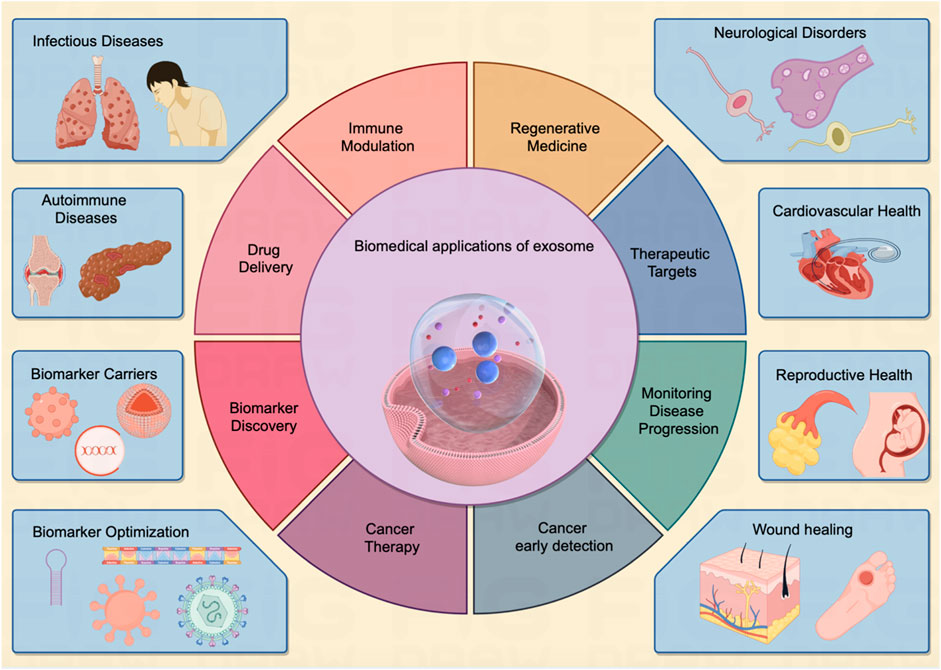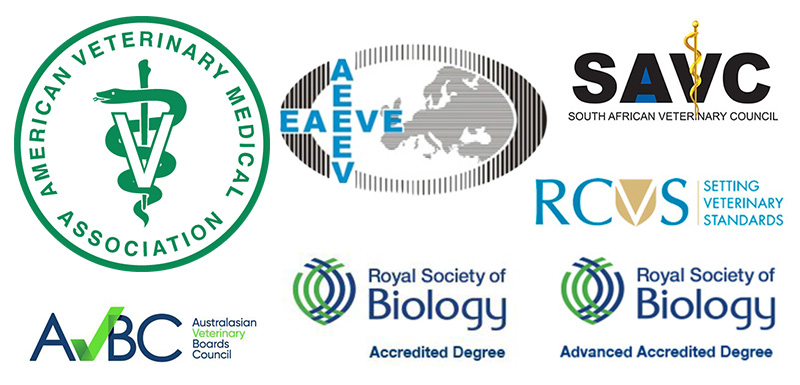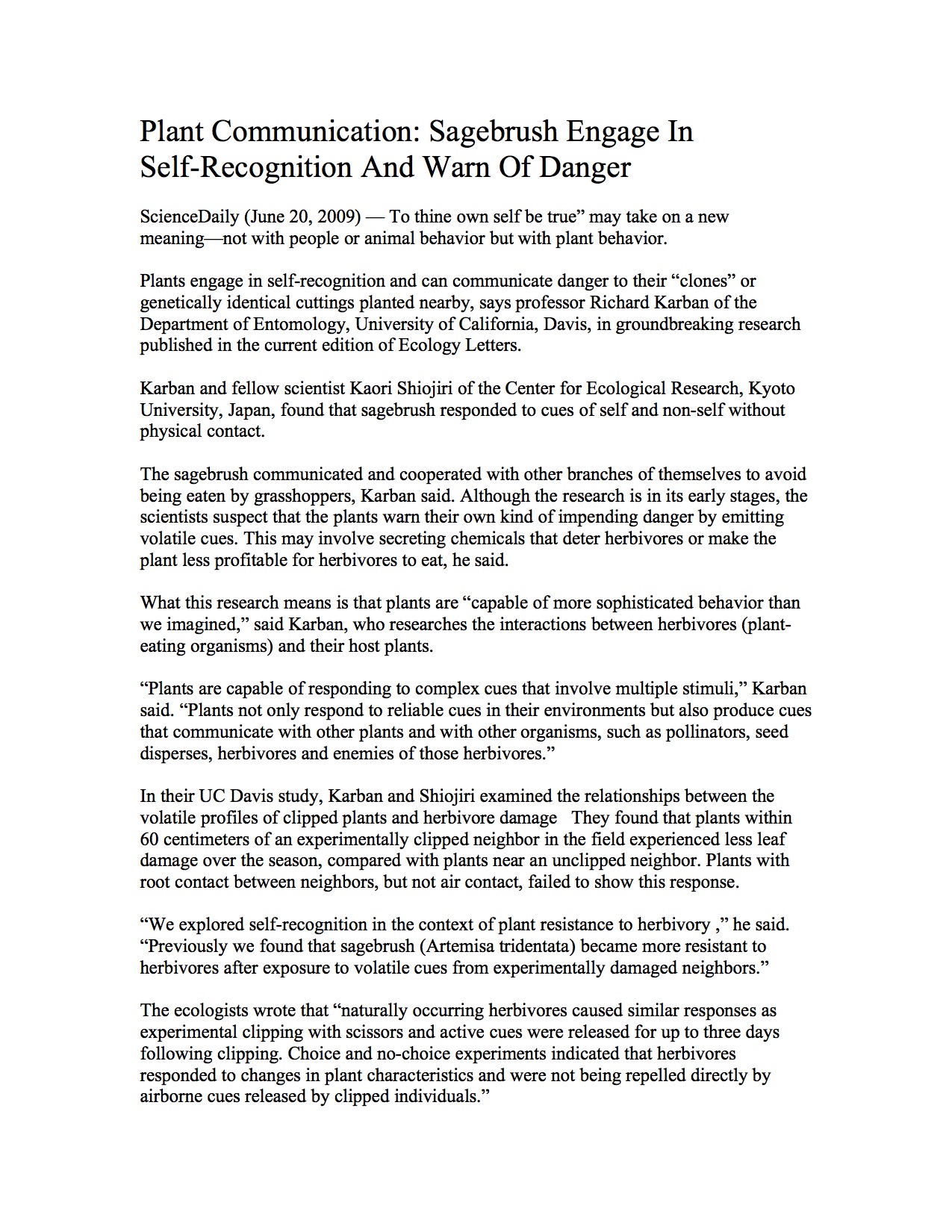Report on Human T-lymphotropic Virus Type 1 (HTLV-1) and its Implications for Sustainable Development Goals
This report analyzes the public health challenges presented by the Human T-lymphotropic virus type 1 (HTLV-1) and its associated cancer, Adult T-cell Leukemia/Lymphoma (ATLL). The virus poses a significant threat to the achievement of several Sustainable Development Goals (SDGs), particularly SDG 3 (Good Health and Well-being), SDG 10 (Reduced Inequalities), and SDG 17 (Partnerships for the Goals).
SDG 3: Good Health and Well-being – The Clinical Challenge of HTLV-1
The case of HTLV-1 directly impacts SDG Target 3.3, which aims to end the epidemics of communicable diseases, and Target 3.4, which seeks to reduce premature mortality from non-communicable diseases like cancer. The virus represents a silent and persistent health threat.
Virus Characteristics and Disease Progression
- Viral Nature: HTLV-1 is an oncovirus, a retrovirus that integrates into the host’s DNA, leading to lifelong infection. It is a close relative of HIV and is transmitted through bodily fluids, including via breastfeeding, sexual contact, and shared needles.
- Latency and Activation: The majority of the estimated 10 to 20 million people infected worldwide remain asymptomatic for decades. However, in approximately 5-10% of cases, the virus triggers an aggressive cancer, ATLL, or a debilitating neurological condition.
- Cancer Mechanism: The virus causes infected T-cells to proliferate uncontrollably, eventually transforming into malignant “flower cells” characteristic of ATLL.
Diagnostic and Treatment Gaps
The diagnostic journey and prognosis for ATLL patients highlight significant gaps in healthcare systems, undermining progress toward SDG 3.
- Diagnostic Delays: As evidenced by a recent case study involving a 77-year-old patient, diagnosis is often protracted and difficult. Initial misdiagnoses can range from fungal infections to other cancers or autoimmune diseases, allowing the disease to advance.
- Lack of Effective Treatment: Current treatments for ATLL are limited. Standard therapies like radiation and chemotherapy often fail to prevent relapse, and the cancer frequently metastasizes aggressively.
- High Mortality: The prognosis for ATLL is extremely poor, with most patients surviving less than one year after diagnosis. This high rate of premature mortality is a direct challenge to SDG 3.4.
SDG 10: Reduced Inequalities – The Disproportionate Burden of HTLV-1
HTLV-1 infection is not evenly distributed globally, creating significant health disparities that conflict with the principles of SDG 10, which aims to reduce inequality within and among countries.
Geographic and Community Impact
- Endemic Regions: The virus is endemic in specific parts of the world, including Japan, sub-Saharan Africa, South America, and the Caribbean.
- Vulnerable Populations: Consequently, immigrant and diaspora communities from these regions, such as the African and Caribbean communities in Philadelphia, are at a higher risk.
- Systemic Barriers: Lack of awareness and routine screening for this “silent” virus in non-endemic countries means that at-risk populations may not receive the necessary information or preventative care, exacerbating health inequalities.
SDG 16 & 17: Strong Institutions and Partnerships for the Goals
Addressing the complex challenge of HTLV-1 requires robust institutional collaboration, aligning with SDG 16 (Peace, Justice and Strong Institutions) and SDG 17 (Partnerships for the Goals).
Collaborative Efforts in Philadelphia
Philadelphia is emerging as a center for HTLV-1 expertise, demonstrating a multi-stakeholder approach essential for achieving the SDGs.
- Academic and Healthcare Collaboration: Researchers and clinicians from institutions like Thomas Jefferson University and Drexel University are leading efforts in research and patient care.
- Public-Private and Civil Society Partnerships: A partnership between Jefferson Health and the African Cultural Alliance of North America exemplifies SDG 17. This initiative focuses on raising awareness and plans to offer mobile screening services to at-risk communities.
- Global Cooperation: The hosting of an international HTLV-1 conference in the United States for the first time in 23 years signifies a renewed global commitment to sharing knowledge and fostering partnerships to combat the virus.
Strategic Interventions and Prevention
Partnerships are crucial for implementing preventative strategies that support SDG 3.
- Screening and Awareness: Increased screening can identify carriers, who can then take precautions to prevent transmission.
- Preventing Mother-to-Child Transmission: An infected mother, if aware of her status, can avoid breastfeeding to protect her infant from infection and the future risk of a fatal cancer. This preventative measure is a cost-effective public health intervention that aligns with the goals of universal health coverage.
Analysis of SDGs in the Article
1. Which SDGs are addressed or connected to the issues highlighted in the article?
The article discusses issues related to a specific health crisis, the human T-lymphotropic virus type 1 (HTLV-1) and its associated cancer, which connects to several Sustainable Development Goals. The primary goal is SDG 3, but the article’s focus on specific communities, research, and collaboration also links to other goals.
-
SDG 3: Good Health and Well-being
This is the most relevant SDG. The article is centered on the health impacts of HTLV-1, a communicable virus that leads to a deadly non-communicable disease (cancer). It covers diagnosis challenges, the lack of effective treatments, high mortality rates, and public health efforts like screening and awareness campaigns.
-
SDG 10: Reduced Inequalities
The article highlights that HTLV-1 disproportionately affects certain populations. It is described as “endemic in Japan, sub-Saharan Africa, South America, and the Caribbean.” Locally, awareness efforts are specifically targeted at “the African and Caribbean communities most at risk,” pointing to a health inequality that needs to be addressed.
-
SDG 17: Partnerships for the Goals
The response to the HTLV-1 challenge described in the article involves significant collaboration. This includes partnerships between academic institutions (Thomas Jefferson University, Drexel University), healthcare providers, and civil society organizations (“African Cultural Alliance of North America”). Furthermore, the mention of an “international conference for HTLV-1” underscores the importance of global partnership in sharing knowledge and expertise.
2. What specific targets under those SDGs can be identified based on the article’s content?
Based on the issues discussed, several specific targets within the identified SDGs are relevant.
-
SDG 3: Good Health and Well-being
- Target 3.3: “By 2030, end the epidemics of AIDS, tuberculosis, malaria and neglected tropical diseases and combat hepatitis, water-borne diseases and other communicable diseases.” The article describes HTLV-1 as a communicable retrovirus, “the closest cousin of HIV,” which spreads through bodily fluids. Efforts to stop its spread through screening and awareness align with this target.
- Target 3.4: “By 2030, reduce by one third premature mortality from non-communicable diseases through prevention and treatment and promote mental health and well-being.” The article focuses on adult T cell leukemia/lymphoma (ATLL), an aggressive cancer caused by the virus. The high mortality rate (“Most patients don’t survive longer than a year”) and the search for better treatments directly relate to reducing premature mortality from this non-communicable disease.
- Target 3.d: “Strengthen the capacity of all countries, in particular developing countries, for early warning, risk reduction and management of national and global health risks.” The story of Dennis Bladen’s difficult and delayed diagnosis, followed by efforts to “raise awareness” and provide “testing using Jefferson’s mobile screening van,” are actions aimed at improving early warning and risk management for this health threat.
-
SDG 10: Reduced Inequalities
- Target 10.2: “By 2030, empower and promote the social, economic and political inclusion of all, irrespective of age, sex, disability, race, colour, ethnicity, origin…” The targeted outreach to “the area’s African and Caribbean communities” is a direct effort to address a health disparity and ensure these at-risk groups have access to information and screening, thereby promoting health inclusion.
-
SDG 17: Partnerships for the Goals
- Target 17.16: “Enhance the global partnership for sustainable development, complemented by multi-stakeholder partnerships that mobilize and share knowledge, expertise, technology and financial resources…” The article mentions an “international conference for HTLV-1” being held in Philadelphia, which is a clear example of a global partnership to share knowledge and expertise on the virus.
- Target 17.17: “Encourage and promote effective public, public-private and civil society partnerships…” The collaboration between “Jefferson hematology and oncology specialist Sean Reilly,” Drexel University researcher Pooja Jain, and the “African Cultural Alliance of North America, a local nonprofit,” exemplifies a multi-stakeholder, civil society partnership to tackle a local health issue.
3. Are there any indicators mentioned or implied in the article that can be used to measure progress towards the identified targets?
The article provides several quantitative and qualitative data points that can serve as indicators to measure progress.
- Indicator for Target 3.3 (Communicable Diseases): The prevalence and incidence of HTLV-1. The article states it affects “fewer than 1% of people in the United States” and “an estimated 10 to 20 million people worldwide.” A reduction in these numbers would indicate progress. The number of awareness sessions (“hosted two information sessions”) and the availability of screening services (“provide testing using Jefferson’s mobile screening van”) are also measurable indicators of prevention efforts.
- Indicator for Target 3.4 (Non-Communicable Diseases): The mortality rate from HTLV-1-associated cancer. The article notes a grim prognosis where “most patients don’t survive longer than a year.” An increase in survival rates would be a key indicator of progress. The annual number of new cases (“Philadelphia-area hospitals see between 15 and 20 cases of the HTLV-1-associated cancer annually”) is another baseline indicator.
- Indicator for Target 10.2 (Reduced Inequalities): The reach and effectiveness of targeted health interventions. Progress could be measured by the number of people from at-risk communities (African and Caribbean) reached through information sessions and mobile screening vans.
- Indicator for Target 17.16 & 17.17 (Partnerships): The formation and activity of partnerships. The article explicitly names a partnership between a hospital (Jefferson), a university (Drexel), and a nonprofit (African Cultural Alliance of North America). The successful hosting of the “international conference for HTLV-1” is another concrete indicator of global partnership in action.
4. Table of SDGs, Targets, and Indicators
| SDGs | Targets | Indicators Identified in the Article |
|---|---|---|
| SDG 3: Good Health and Well-being |
3.3: End epidemics of communicable diseases.
3.4: Reduce premature mortality from non-communicable diseases. 3.d: Strengthen capacity for early warning and health risk management. |
– Prevalence of HTLV-1 (“fewer than 1% of people in the United States”). – Implementation of awareness campaigns (“hosted two information sessions”). – Mortality rate from ATLL (“Most patients don’t survive longer than a year”). – Annual incidence of ATLL (“15 and 20 cases… annually” in Philadelphia). – Availability of screening services (“testing using Jefferson’s mobile screening van”). |
| SDG 10: Reduced Inequalities | 10.2: Empower and promote the inclusion of all, irrespective of ethnicity or origin. | – Targeted outreach programs for specific communities (“working with the African Cultural Alliance of North America… among the area’s African and Caribbean communities”). |
| SDG 17: Partnerships for the Goals |
17.16: Enhance the global partnership for sustainable development.
17.17: Encourage effective public, public-private and civil society partnerships. |
– Hosting of international scientific gatherings (“international conference for HTLV-1”). – Existence of multi-stakeholder partnerships (Jefferson Hospital, Drexel University, African Cultural Alliance of North America). |
Source: inquirer.com







